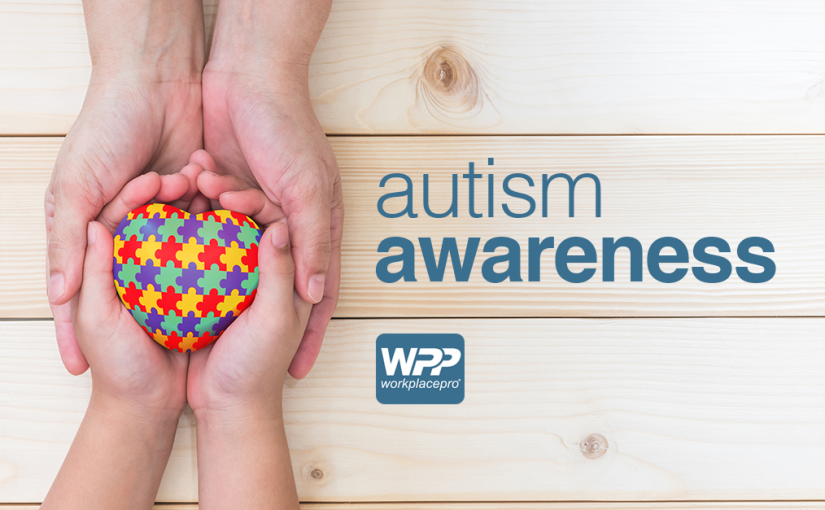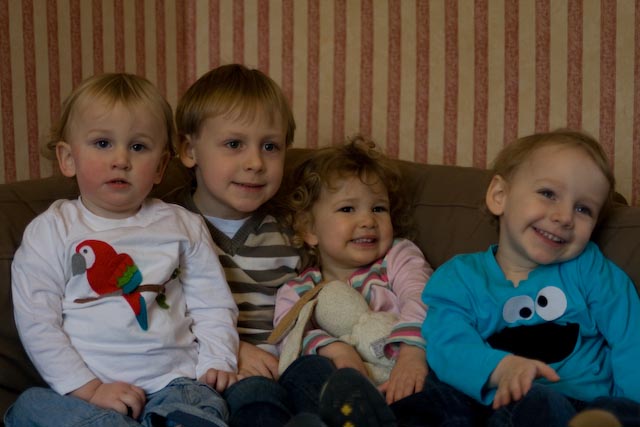Category: Autism
-

Shining a light on autism
It’s a condition that affects 1 in 68 children in the United States. That’s 1 in 42 boys, and 1 in 189 girls. One-third of these children are nonverbal. One-third have an intellectual disability. And an estimated 50,000 teens with this condition become adults each year, losing important school-based services that help them thrive.
-
Surfing proves fun for autistic children
http://www.usatoday.com/story/news/humankind/2016/09/13/children-autism-find-peace-while-surfing/90255280/
-

How Does ASD Affect Mood and Anxiety?
Autistic people are often anxious. If you have ever been around an autistic person when they are overloaded, you will know that the overload brings anxiety with it as the autistic person cannot cope with something going on in their environment that they are expected to process. If you are the parent or caregiver of…
-

Do Spectrum Children Feel Emotion Like Everyone Else?
There are many stereotypes surrounding autism. One of the most insidious is that autistic people do not feel emotions. Many people see the autistic person as overly logical and even slightly robotic, and like the Dustin Hoffman character in the movie Rain Man, these people view them as an impenetrable collection of tics. As any…
-

Tips For Reaching Students With Autism
Teaching a student with autism can be a challenge. Their learning styles are often different from those of most other students, and it may even seem that they are taking no interest in the lessons. Usually, however, this is not the case, and the student is simply overwhelmed and needs lessons tailored to the way…
-

What is Autism?
Have you or someone you know been diagnosed with autism? Are you left confused, afraid and wondering what exactly this condition is? Are you stuck with media stereotypes about an autistic person’s lack of functioning? If so, keep reading. This article will explain what autism is, without invoking any of the stereotypes commonly associated with…
-

Are We in an Autism Epidemic?
One in every 68 children in America is diagnosed with autism spectrum disorder (ASD), according to data from the U.S. Center for Disease Control. This is a much higher diagnosis rate than about 10-20 years ago. Scientific American cites the rate from 1993 to 2003 as one ASD diagnosis for every 2,500 individuals. That’s a…
-

Can Diet Cure Autism?
The myth that diet can cure ASD may have stemmed from the belief some people hold that autism is linked to certain types of foods—particularly, gluten and casein. These are proteins found in foods such as wheat, barley and oats; and milk, cheese and yogurt, respectively. Many parents of autistic children have tried eliminating these…
-

5 Reasons Big Bang Theory’s Sheldon Cooper is Thought to Be On the Spectrum
Is The Big Bang Theory’s starring character Sheldon Cooper on the autism spectrum? Co-creator of the show Bill Prady has side-stepped attempts to label the character. But the question keeps coming up, because a lot of fans of the show see startling commonalities. “On the Spectrum” To say someone is “on the spectrum” refers to…
-

The Benefits of Playdates for Autistic Children
For children with autism, it can be a challenge to make social connections with peers. For their parents, helping these children learn to play with others well is a common challenge. But like most things in life, children with autism can improve their skills for playing and socializing with practice. Which is a wonderful thing,…